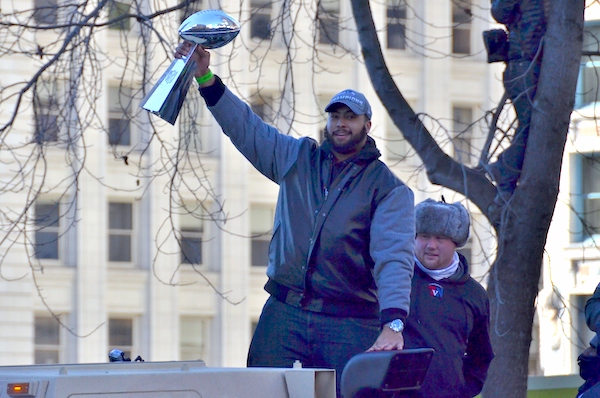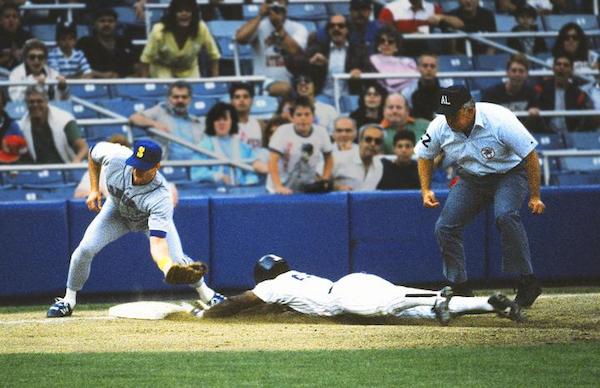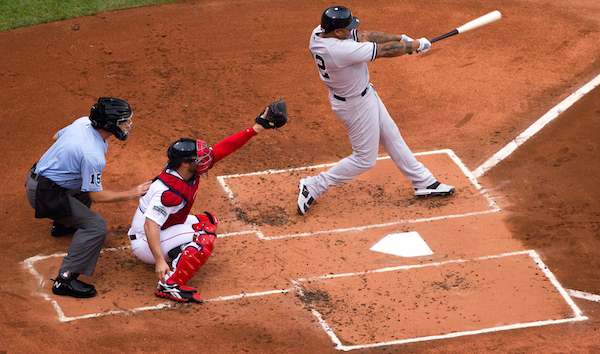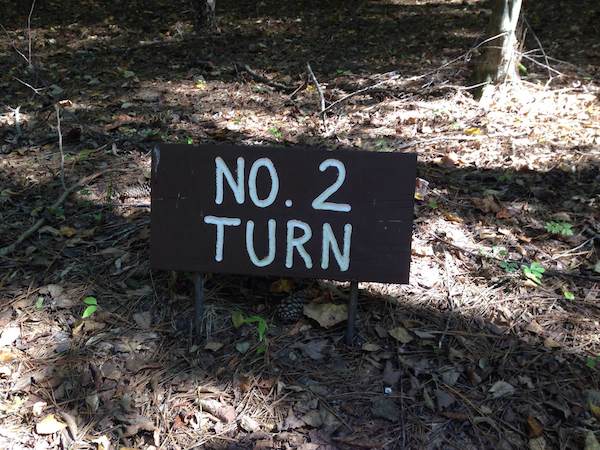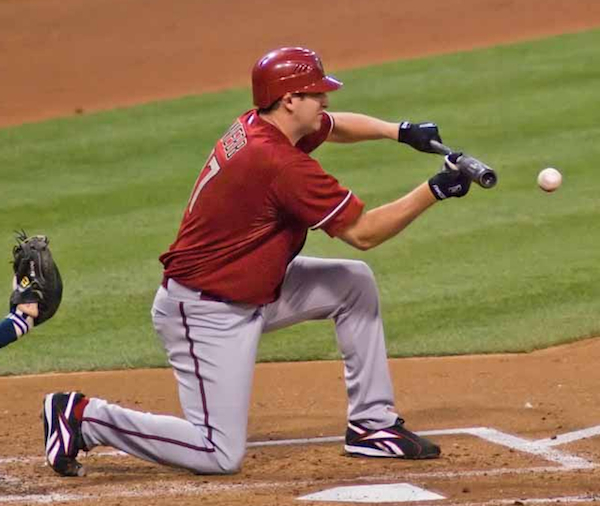This week, we’ve published three posts about the impact of brain injuries on football. Each post has been setting the stage for tomorrow’s post on how to fix football. The first post set the stage by establishing that brain injuries suffered by football players are severe and can be life-threatening. The second explored how, why, and when brain injuries occur during a football game. What are the factors that contribute to their frequency? In the third post we answered the seemingly rhetorical but important question of why the leaders of football and the National Football League, specifically need to take this issue seriously; that brain injuries threaten the very existence of football as we know it. Today, we’ll take a look at the history of rule changes in football and some of the factors that make finding a rule-based way of preventing brain injuries so difficult.
There are a million ways to change football to reduce or eliminate head injuries. It’s easy! In fact, there are some versions of football that we’ve been playing for years that have very few brain injuries. Why not convert the NFL to a touch football or flag football league? Or we could think outside the box and allow tackling but play on a field made of rubber, filled with water four feet deep. Technology could provide another way forward. Each player could be fitted with sensors and a virtual reality headset and then left in individual padded rooms, each 120 yards by 53 yards big. They could safely play a virtual game of football that was as athletically challenging without any risk of injury.
Of course, I’m not serious about any of these suggestions (although, I would pay a lot of money to see the football-in-a-pool game played). Each would, in its own way, be unacceptable. Brain injuries in football are a problem in part because people love football so much. If a less prized activity was damaging its participants, it would be much easier to change it or write it off completely. Our goal is to find a way to reduce or eliminate football’s brain injuries without stealing football’s essence.
In this mission we should be heartened by one element of football’s history: it’s constantly changing rules. For more than a hundred years, football organizations have changed the rules of football, sometimes quite significantly, to improve the safety of its players. Some of these rule changes are obvious in their intent, like the move in the mid-60s to shift the goalpost from on the goal line to behind the end zone. This was a protective measure to keep players from running full speed into concrete or metal goal posts. Likewise, rules like the 1962 prohibition against grabbing another player’s face mask and the 1980 rule against (I kid you not) clubbing an opponent’s head or neck with your fist, were obvious safety measures.
The problem that we face today is that many of the safety measures introduced since 1906 sought to make football safer by reducing the time players spent literally engaged with each other. The theory seems to have been that players running in space were safer than players grappling and wrestling with each other. As we know from our coverage of how brain injuries happen in football, as sound as this logic sounds, it runs almost totally counter to the truth when it comes to brain injuries. The more space there is for players to run, the faster they go, and the faster they go, the worse the collisions with other players are for their brains. Let’s take a quick trip through the history of football rule changes. Note how each safety measure encourages less close grappling and more running freely around the field.
In 1906 a rules committee was brought together to save football. In the past five years, 45 people had died playing football, 18 in 1905 alone. Political pressure, coming from as far up as President Theodore Roosevelt, was sending a strong message: “Make the game safer or face it being outlawed.” The two biggest changes the committee made were to legalize the forward pass and change the distance required for a first down from five yards to 10 yards. These may not seem like safety measures but before then, without the forward pass and needing only to get five yards to earn a first down, football resembled nothing more than hand-to-hand combat. The play was packed into a small space where kicking, punching, tearing, and gouging could leave players with broken ribs, necks, or skulls. Spreading the game out was meant to prevent these types of injuries.
This idea has continued into modern football. In 1974, a rule was created to limit defenders to touching a wide receiver only once when more than three yards from the line of scrimmage. In 1978, this was extended to five yards. Also that year, offensive linemen were allowed to block with their arms extended instead of having to be body-to-body with the defender they were trying to block. In 1979 the NFL got more particular about how players could block each other, eliminating blocking below the waist on kicking plays. In 1987 offensive linemen were protected from having one player dive at their knees while another engaged them higher up. In 1989 defensive players with a clear path to the quarterback were prohibited from hitting them in the knees. In 1992 defenders got a little protection when offensive blocking below the thigh was made illegal. In 1995 the chop block and lure blocking techniques were prohibited. In 1999 blocking from behind was prohibited. It wasn’t quite a rule change, but in 2004 refs were instructed to begin actually enforcing illegal contact, pass interference, and defensive holding rules. In 2007 the penalty for blocking a wide receiver below the waist was expanded from 5 to 15 yards.
Over more than 100 years, the way that football players engage each other has moved from fighting to grappling to tackling to hitting and now to colliding. Every rule that has limited the times and places that players can make contact with each other has contributed to giving players more time and space. For an athlete, time and space equal speed. Speed makes for an exciting game but it also makes for more explosive collisions when players do meet up.
Even as we acknowledge that historic rule changes, even those put in place for player safety, have made the game more dangerous, it’s hard to imagine undoing them. Sure, it’s better to break an ankle than bruise a brain, but would we really make the dangerous practice of blocking below the thigh legal again? In an era that is so concerned about player safety, changing the rules of football to legalize more brutal but less damaging forms of violence does not seem like a good way forward.
The problem is that continuing to add prohibitive rules to football might not work either. There are two problems with continuing along the path of outlawing more and more different forms of hitting. First, given the freedom and athleticism of offensive players, defenders are reaching a limit. They simply don’t have time to get their bodies into a position to hit someone the right way all the time. The defender is moving at high speed, the running back or wide receiver is moving equally fast. Penalties, fines, and suspensions won’t prevent all the dangerous hits in the game, much less the subconcussive injuries caused by the offensive and defensive lines clashing, or the fluke injuries that result from the game’s chaos. These types of prohibitive safety rules are also unpopular among football players and fans. Central to the popularity of football is a culture of toughness. There’s no sport that is more reliant on its players to sublimate their bodies, thoughts, and desires to the team. No football play works thanks to one player, each play is the product of eleven players moving in lockstep. Even the greatest football player in the most important position is relatively unimportant compared to a great player in another sport. Wide receivers cannot catch passes thrown poorly and quarterbacks cannot throw if they don’t get good blocking. The violence of football is important to its culture because it reinforces the core truth football teaches, that no single person is as important as a team.
If we cannot undo the decades of well-intentioned, safety-first rules that have counterintuitively made football into an even more dangerous sport for its players’ long-term health and we cannot protect them by continuing to prohibit even more forms of violence, then what can we do to save football? Tomorrow I’ll suggest a single, small change that would unilaterally make football safer without changing the essential nature of the game. We can save football.

